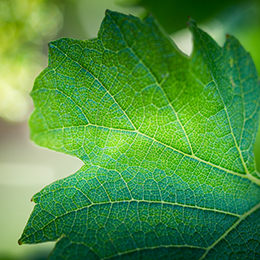From Chablis to Saint-Véran and from Rully to Meursault, Bourgogne Chardonnays offer every facet of the grape’s wonderful personality. The Chardonnay grape is one of the most versatile, interpreting every plot on which it grows in the Bourgogne with grace and elegance.
The village of Chardonnay that gave its name to this celebrated varietal is located in the Haut-Mâconnais.
The village continues to produce wines, and along with 26 other villages, is allowed to mention the Chardonnay name on its wine labels, along with the name of Mâcon, giving Mâcon-Chardonnay.

Chardonnay is from the Noirien family of grapes, and is thus a direct descendant of Pinot Noir, coupled with another ancient varietal, Gouais Blanc.
Although it originated in the Bourgogne region, the Chardonnay grape is now one of the most widely planted varietals in the world. Unlike Pinot Noir, which is a demanding varietal that struggles to acclimatize outside the Bourgogne, the Chardonnay grape easily adapts to its environment.

Chardonnay vines produce small, elongated bunches. The berries are loose and spaced out, taking on a magnificent golden hue on ripening. They produce very sweet, fairly abundant juice. The leaves are bright green in color can either be entire or with five shallow lateral sinuses. Chardonnay is an early varietal, budding early, which makes it susceptible to spring frosts.

Although the Chardonnay grape can be found around the world due to its strong capacity to adapt, it is on the marl limestone of the Bourgogne that this varietal is most happy, and where it expresses itself best.
The characteristics of the terroir where it grows allow the Chardonnay grape to reveal a multitude of personalities. Indeed, this flexible varietal with limited aromatic intensity is able to accurately interpret the subtle variations of the Climats upon which it grows.
This aromatic complexity is then enhanced through the expertise of the winegrowers of the Bourgogne. Through vinification and ageing techniques acquired over centuries, these men and women are able to produce the great white wines of the Bourgogne region.

It is difficult to precisely describe the expression of a Chardonnay wine. However, one can observe three main Chardonnay styles in the Bourgogne, depending on where it is grown:
In general terms, those Bourgogne wines made from the Chardonnay grape reveal extraordinary sophistication and great elegance.